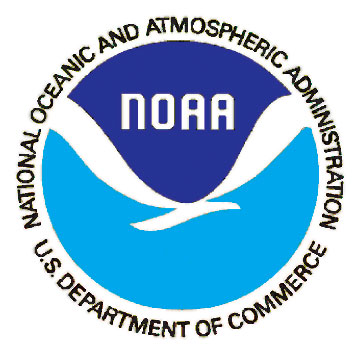|
(IFEX05)
Frank Marks NOAA is pleased to partner with NASA in the 2005 hurricane research program. This collaboration is a continuation of efforts to unravel the mysteries of these devastating storms started in 1998 under a multi-agency effort, the U.S. Weather Research Program. This effort is focused on the meteorological research community's contribution to the reduction in the impacts of disastrous weather on the nation, in particular hurricanes. To date, this collaboration yielded many new insights, in particular on characteristics of hurricane rain and the impact of moisture on model guidance. This year's effort represents the third of these collaborations. NOAA' s focus for research missions over the next 5 years is to improve our understanding and prediction of hurricane intensity by collecting observations that will aid in the improvement of current operational models and the development of the next-generation operational hurricane model. Observations will be collected in a variety of hurricanes at different stages in their lifecycle, from formation and early organization to peak intensity and subsequent landfall or decay over open water. Our collaboration with NASA will focus on the early phase of the tropical cyclone's life, or genesis. The experiments, flown with the two NOAA P-3 aircraft in conjunction with the high-altitude ER-2 NASA aircraft, are intended to improve our understanding of how a tropical disturbance becomes a hurricane. Less that 10% of our aircraft measurements have been made in these weak tropical disturbances over the past 25 years, largely because it is so difficult to collect data in these systems. These measurements will cover an important portion of a hurricane's lifecycle that will aid in the understanding and prediction of hurricane formation. The NASA ER-2 research aircraft provides a unique capability to sample the hurricane at altitudes where NOAA aircraft cannot. The ER-2 provides in situ data in the lower stratosphere, and remote sensed measurements of wind and precipitation throughout the troposphere. The experiment plans include flight tracks for the NASA aircraft, flying together with at least one NOAA P-3 to take advantage of NASA's unique observational capabilities. NOAA looks forward to the contributions this unique aircraft platform and NASA scientists make to NOAA's objectives.
|
Links of Interest
AOML Tools & Resources
Employee Tools
|


